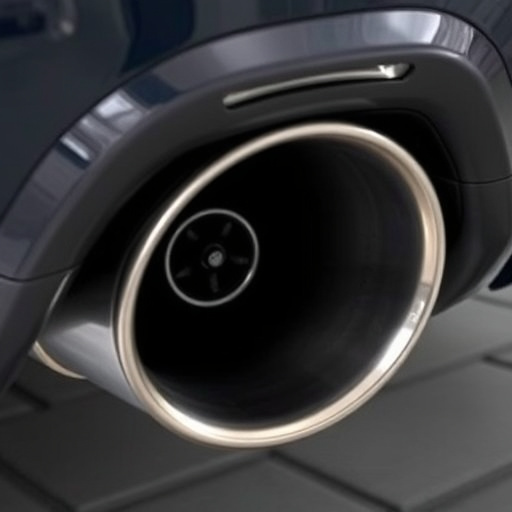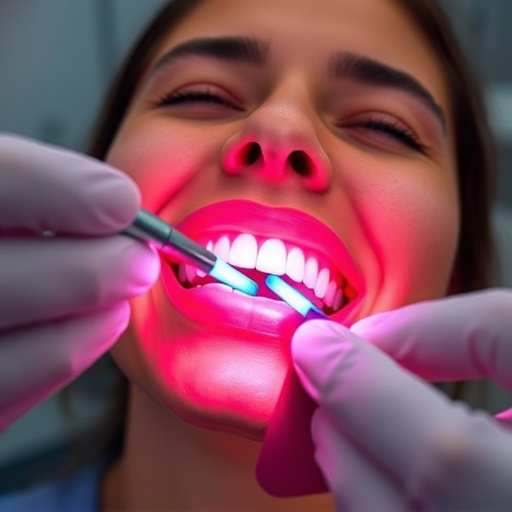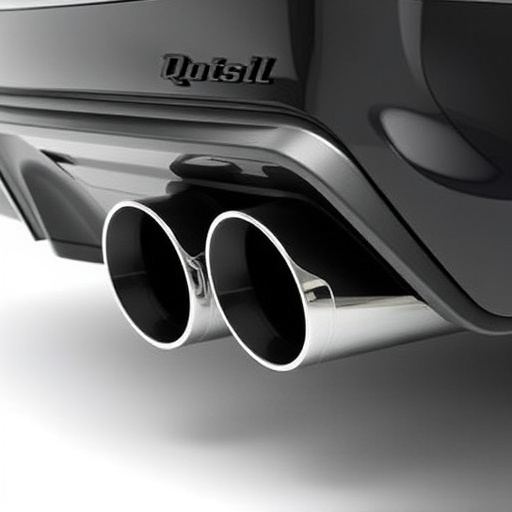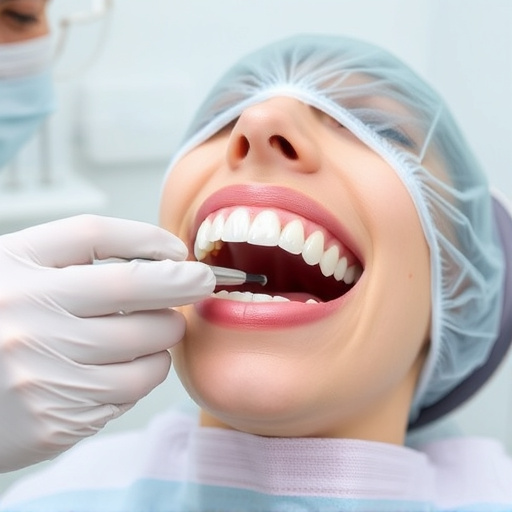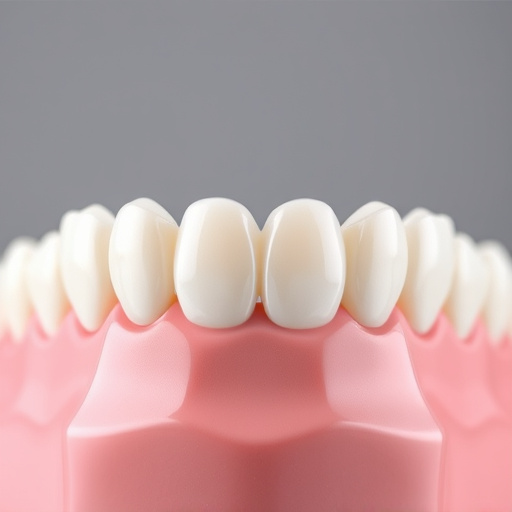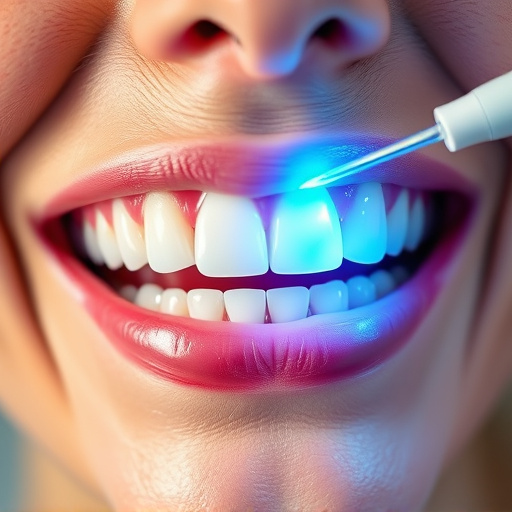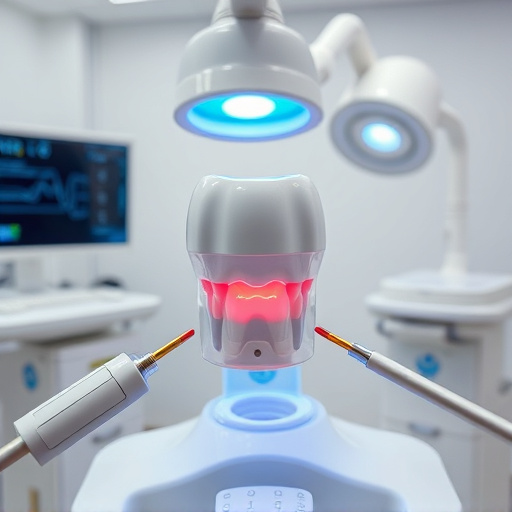Gum disease, caused by plaque buildup, poor hygiene, smoking, and health conditions like diabetes, requires regular dental check-ups and cleaning for prevention. Early detection of symptoms like bleeding gums is crucial. Effective treatment involves restorative dentistry techniques and oral care, with options from home care to advanced procedures like root planing. Severe cases may lead to tooth extractions, necessitating replacements for long-term oral health.
“Gum disease, often overlooked, is a serious oral health issue that can lead to tooth loss if left untreated. Understanding its causes and risk factors is the first step in prevention. This article guides you through the process of early detection, where recognizing subtle signs can make all the difference. We explore effective treatment options, highlighting how modern dentistry restores oral health and preserves your smile. Discover the power of gum disease treatment as a proactive measure to safeguard your teeth.”
- Understanding Gum Disease: Causes and Risk Factors
- Early Detection: Signs and Symptoms to Watch For
- Effective Treatment Options: Restoring Oral Health
Understanding Gum Disease: Causes and Risk Factors
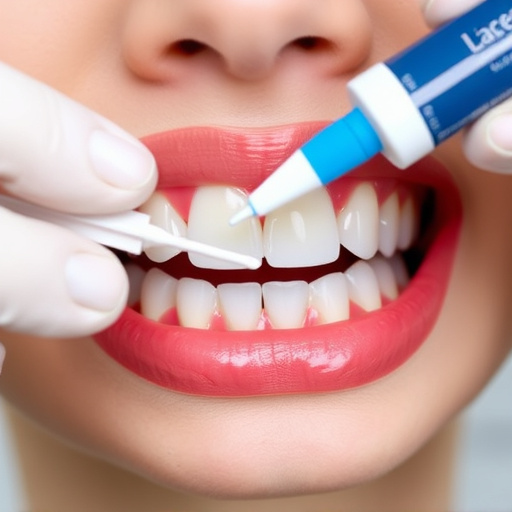
Gum disease, a common oral health issue, refers to inflammation of the gums that can range from mild gingivitis to severe periodontitis. It’s essential to understand its causes and risk factors as it significantly impacts overall dental health. Several elements contribute to gum disease development. One primary factor is poor oral hygiene, including inadequate brushing and flossing practices. This allows plaque, a sticky film of bacteria, to accumulate on teeth and gums, triggering inflammation.
Other risk factors include certain lifestyle choices like smoking, which weakens the immune system and impairs healing; genetic predisposition, making some individuals more susceptible; and underlying medical conditions such as diabetes or heart disease, which can increase the likelihood and severity of gum disease. Regular visits to a family dentistry practice for professional teeth cleaning are crucial in preventing and managing gum disease. Even procedures like wisdom tooth removal can be part of a comprehensive gum disease treatment plan, addressing potential sources of infection and promoting oral health.
Early Detection: Signs and Symptoms to Watch For
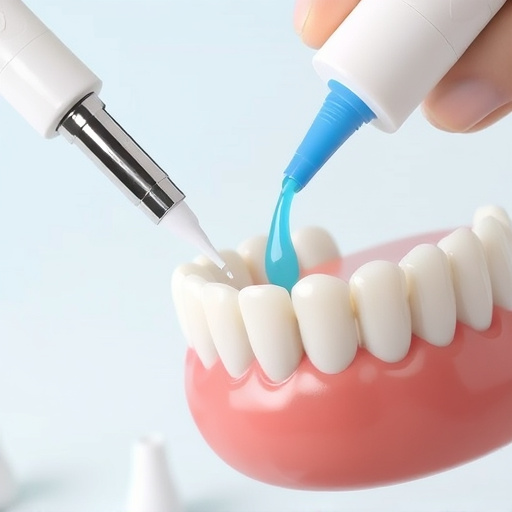
Early detection is key when it comes to gum disease treatment, as catching it in its initial stages can significantly improve outcomes and prevent tooth loss. Knowing the signs and symptoms to look out for is essential for maintaining optimal oral health. One of the first indicators is bleeding gums during brushing or flossing—a red flag that your gums may be inflamed. Swelling, redness, and tenderness around the teeth and gums are also common early-stage symptoms. Bad breath that doesn’t go away with mouthwash can be another hint at gum disease, as it’s often caused by bacterial infections.
Regular dental cleanings play a crucial role in detecting these issues early on. During these visits, your dentist or hygienist can identify subtle changes in your gums and teeth, providing an opportunity for timely intervention. Restorative dentistry techniques, such as tooth repair and fillings, are essential tools to address any damage caused by gum disease. By staying vigilant and maintaining a rigorous oral care routine, including daily brushing and flossing, you can effectively manage and prevent the progression of gum disease.
Effective Treatment Options: Restoring Oral Health
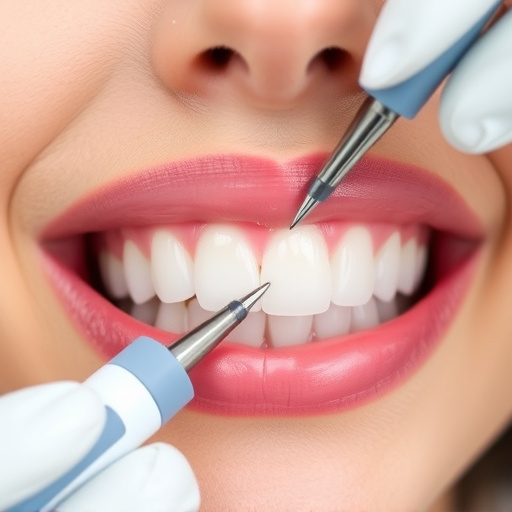
When it comes to effective gum disease treatment, there are several options that can help restore oral health and prevent tooth loss. Early-stage gum disease, known as gingivitis, can often be reversed with a diligent at-home care routine and professional dental cleanings. This includes proper brushing and flossing techniques to remove plaque buildup and combat inflammation.
For more advanced cases of periodontitis, additional interventions may be necessary. Dental procedures such as deep cleaning, root planing, and scaling can effectively eliminate infection and reduce pocket depth around the teeth. In severe instances where tooth extractions become inevitable, a dedicated preventive dentistry approach is crucial to replacing lost teeth through solutions like implants or bridges, ensuring long-term oral health and functionality.
Gum disease is a common yet preventable oral health issue. By understanding its causes, recognizing early signs, and seeking prompt treatment, individuals can effectively combat gum disease and preserve their natural tooth structure. The discussed treatment options, ranging from deep cleaning to surgical interventions, offer comprehensive solutions for restoring oral health and preventing tooth loss. Implementing these strategies into your dental care routine is a proactive step towards maintaining a healthy smile long-term.
